Tourist markets peddle overpriced trinkets and staged authenticity, but real, local markets pulse with genuine community life. These places reveal how people actually live—what families cook for dinner, where neighbors exchange gossip while selecting vegetables, and how daily commerce creates social bonds that supermarkets can’t replicate.
Authentic markets hide from main tourist routes, operating on schedules that serve working people rather than vacation itineraries. Here is a list of 17 markets where locals actually shop daily.
Tsukiji Outer Market
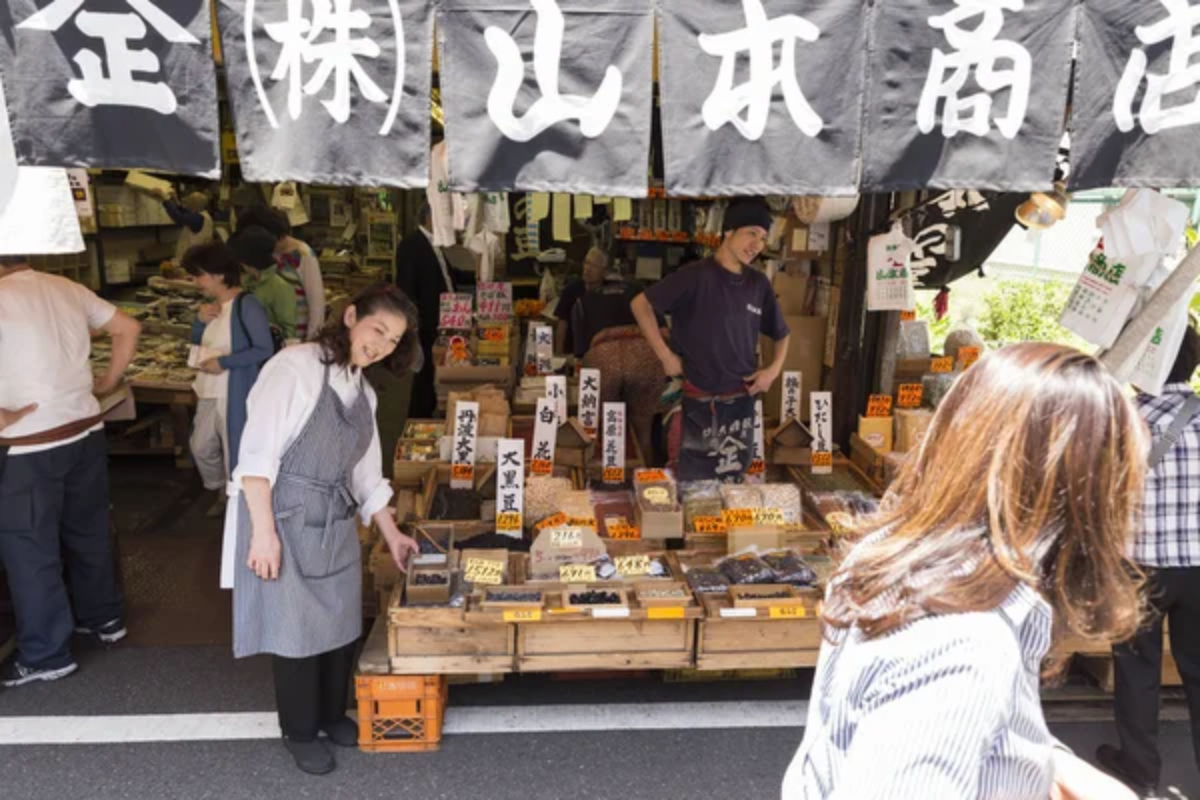
Though Tokyo’s famous fish auction moved locations, the surrounding outer market continues serving locals who’ve shopped these narrow alleys for generations. Vendors arrive before sunrise, arranging displays of seasonal vegetables and handmade tofu that nearby restaurants depend on.
The rapid-fire Japanese conversations between regulars and vendors create a rhythm that tourists can observe but never truly join as longtime customers negotiate prices and catch up on neighborhood developments.
Mercado Central
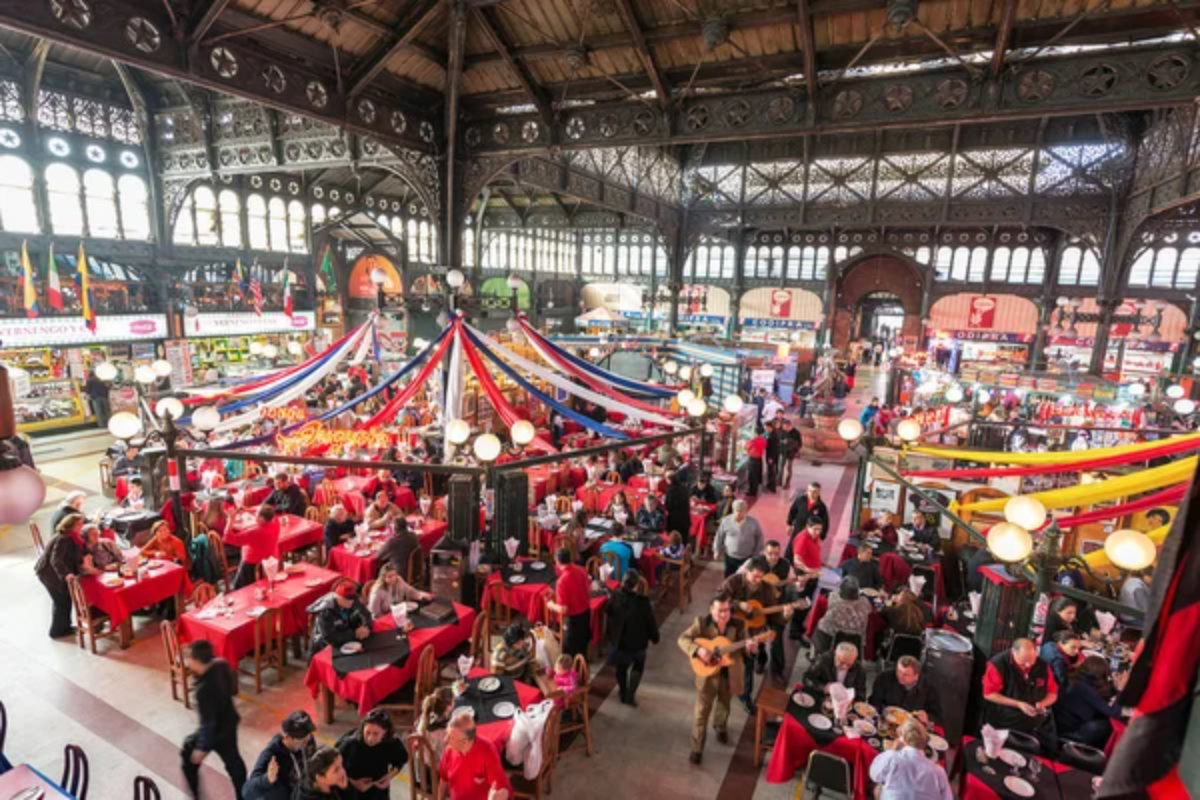
Valencia’s iron-and-glass cathedral houses over 400 stalls where Spanish families conduct their weekly shopping rituals with the seriousness of religious ceremonies. Fishmongers shout the morning’s catch while older women examine tomatoes with expertise earned through decades of cooking.
The market’s ornate 1920s architecture creates a dramatic backdrop, though locals barely notice the tourists photographing their mundane grocery purchases.
Like Travel Pug’s content? Follow us on MSN.
Borough Market
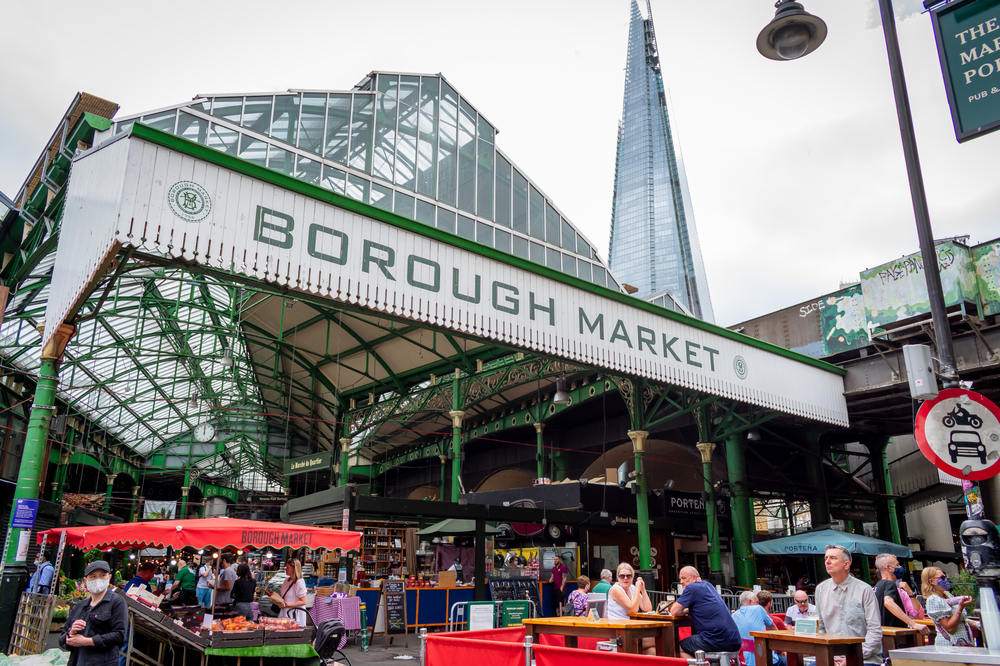
London’s thousand-year-old institution attracts plenty of visitors, yet early morning hours belong entirely to local chefs and residents who understand which vendors offer genuine quality. Restaurant owners secure ingredients for evening service while neighborhood families stock up on artisanal bread that costs half what artisan bakeries charge.
The medieval location beneath railway arches adds character to what remains fundamentally a working food market serving people who live nearby.
Marché des Enfants Rouges
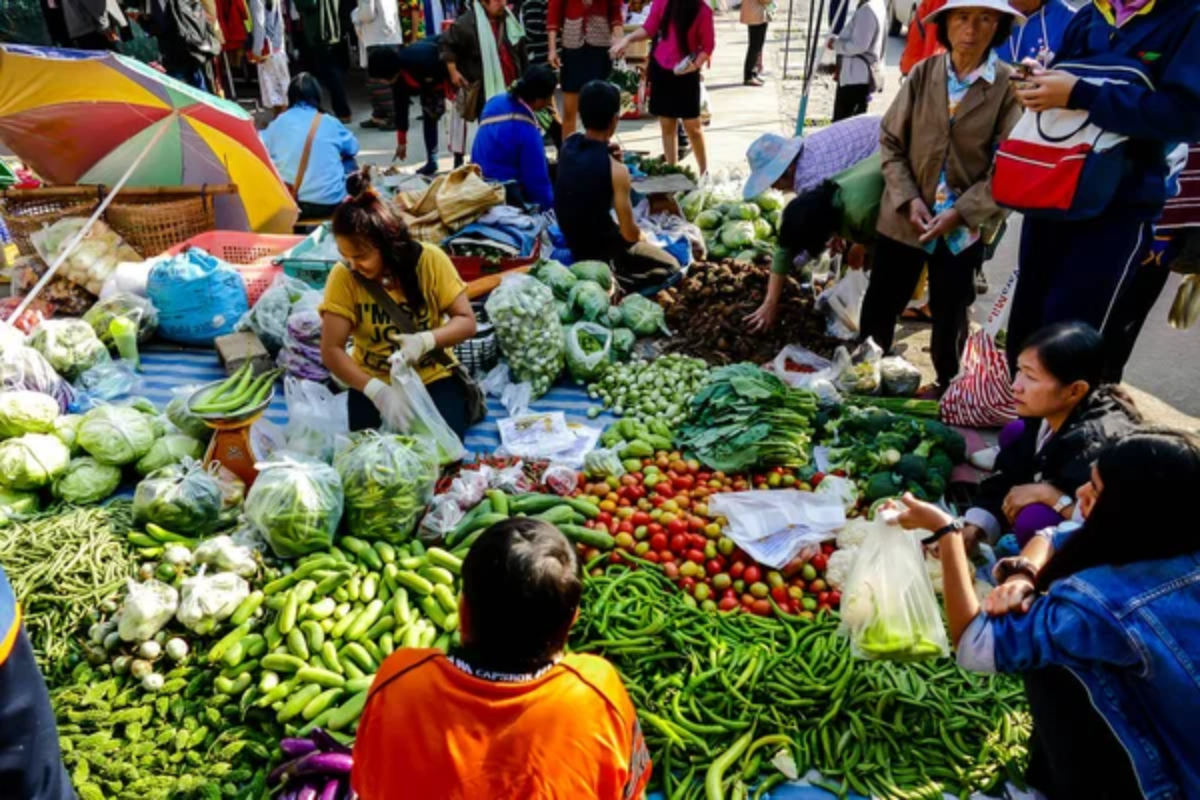
Operating in the same Marais location since 1628, Paris’s oldest covered market serves locals who treat daily shopping as essential social interaction rather than a chore. Vendors remember customer preferences—the fishmonger saves specific cuts, while produce sellers reserve the ripest fruit for regulars.
Shopping here resembles visiting friends more than conducting business transactions, with conversations that extend well beyond price negotiations.
Pike Place Market

Seattle’s waterfront landmark balances tourist attractions with genuine local commerce, particularly during early hours when fishmongers supply neighborhood restaurants. Residents navigate around visiting crowds to reach vendors who’ve served their families for decades, accessing specialty shops and services that tourists rarely discover.
The market’s layered levels hide authentic local commerce beneath the famous fish-throwing performances.
Like Travel Pug’s content? Follow us on MSN.
La Boqueria

Barcelona’s most photographed market still serves locals who time their visits strategically to avoid tourist crowds. Early morning and late afternoon see neighborhood residents selecting ingredients with the careful attention that comes from knowing exactly how tonight’s meal will be prepared.
The location on Las Ramblas means locals must dodge tour groups, but generations continue shopping here because quality and variety justify the inconvenience.
Grand Bazaar Istanbul
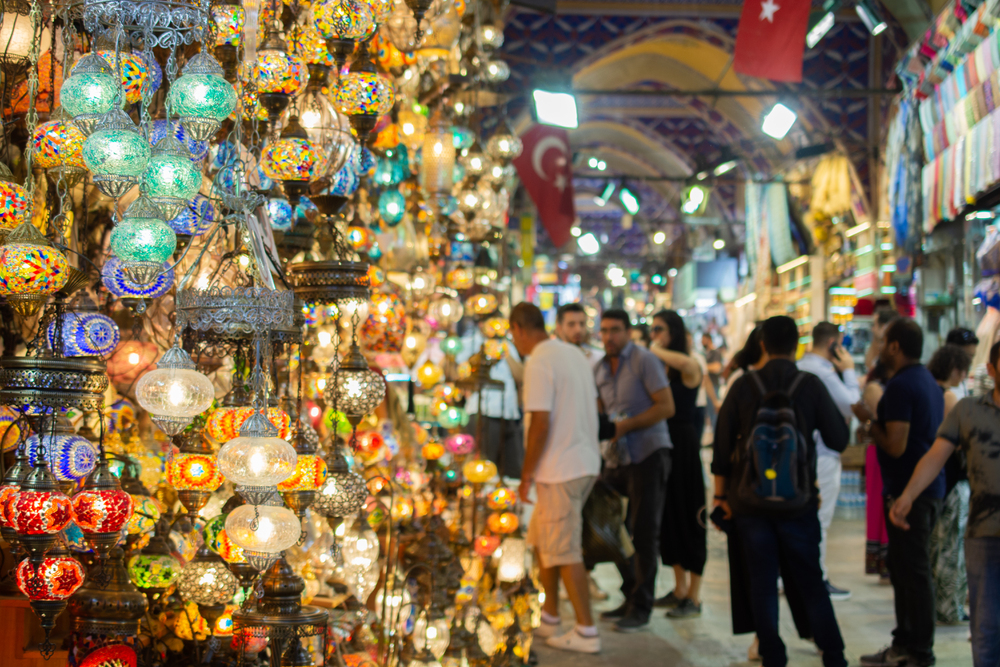
Beyond carpet sellers and souvenir stalls, Istanbul’s covered market contains sections where locals purchase everyday necessities from vendors their grandparents knew. Residents navigate tourist areas to reach specialists selling spices, textiles, and household goods at prices reflecting local wages rather than tourist budgets.
The bazaar’s maze-like structure creates pockets where authentic commerce continues largely unnoticed by visitors hunting for photo opportunities.
Mercado San Miguel
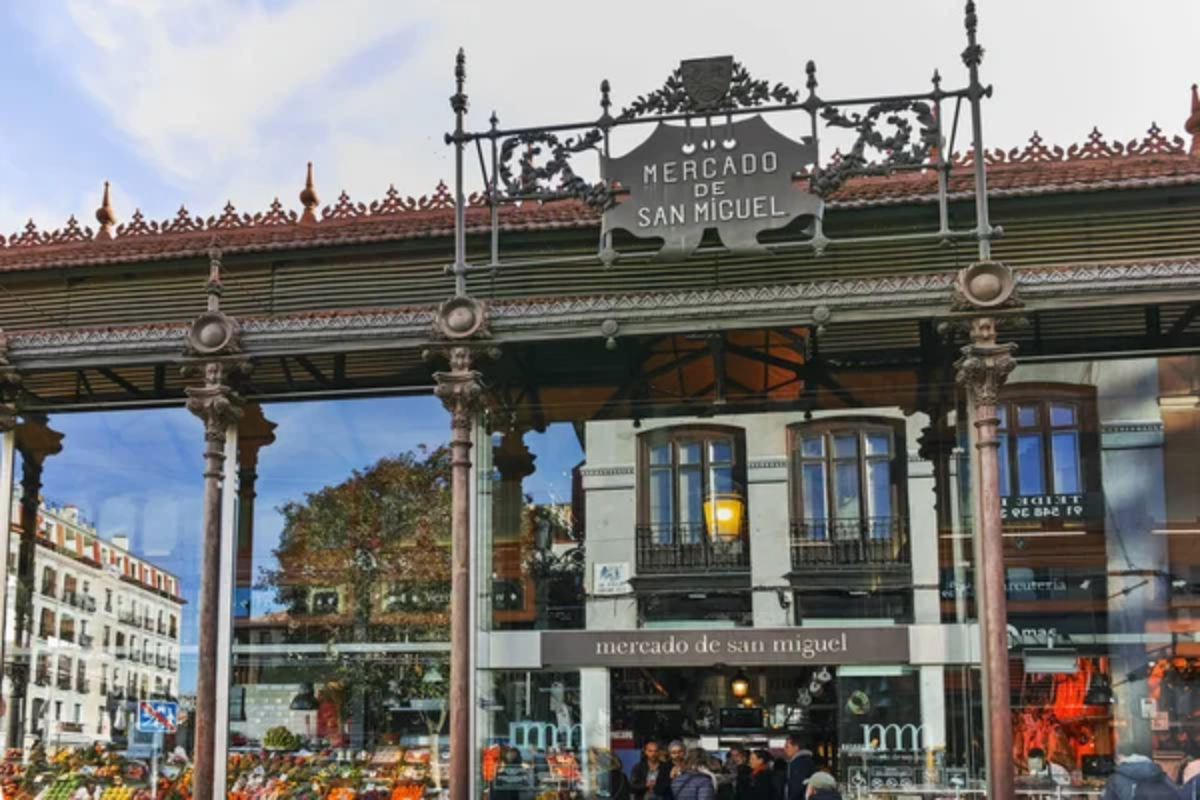
Madrid’s glass-and-iron hall transforms throughout the day, serving locals before tourist crowds discover the upscale food stalls. Morning shoppers include neighborhood residents who know which vendors offer the best value, maintaining relationships that span generations.
The market’s renovation attracted international attention, yet early visitors can still experience intimate local commerce before the space fills with Instagram photographers.
Like Travel Pug’s content? Follow us on MSN.
Queen Victoria Market
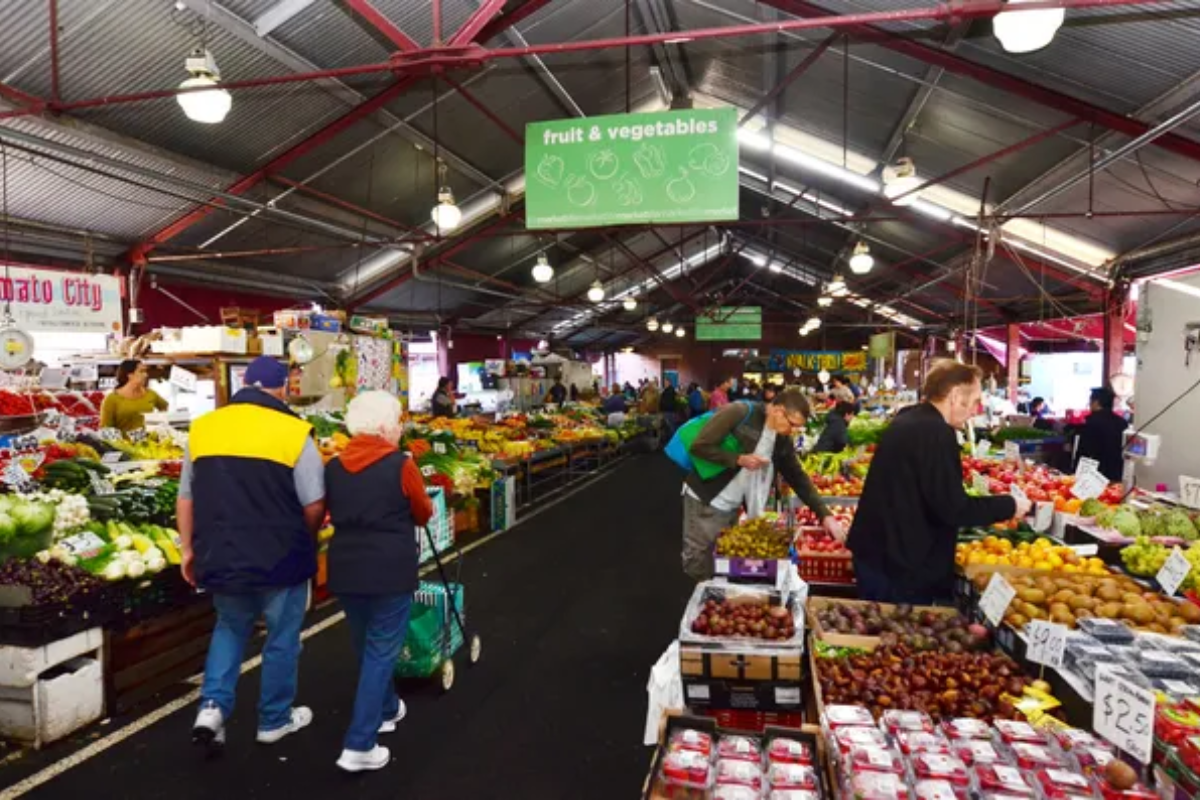
Melbourne’s massive complex includes sections dedicated to local daily shopping, where residents purchase produce and specialty items from vendors who understand their neighborhood’s preferences. The market’s scale allows tourists to concentrate in specific areas while other sections remain primarily local, with competitive prices that reflect genuine community commerce.
Early morning reveals the market’s authentic role as a neighborhood gathering place.
Chatuchak Weekend Market
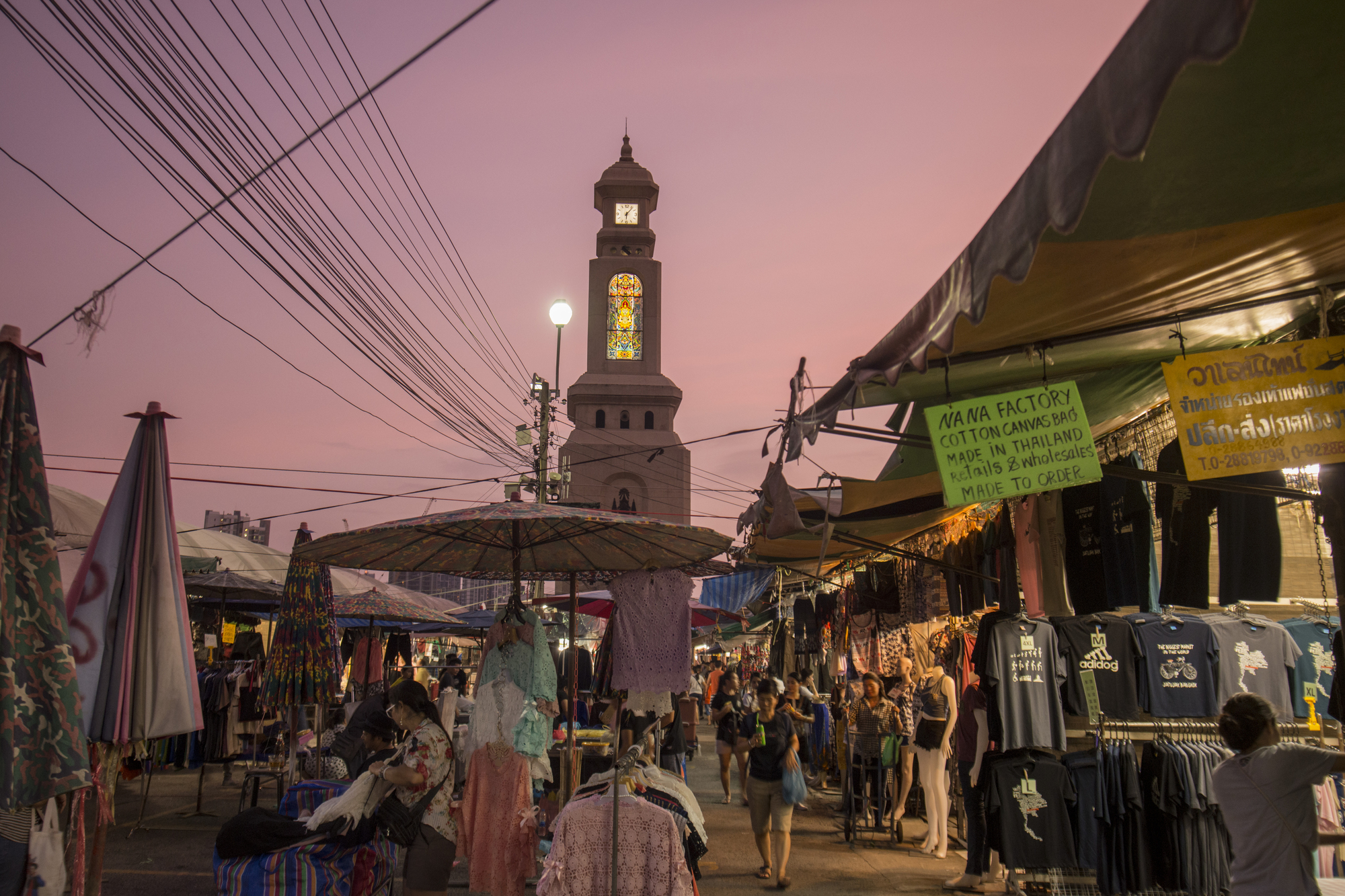
Bangkok’s enormous weekend market includes areas where locals shop for everyday necessities alongside tourist-focused craft stalls. Residents navigate the maze to reach vendors specializing in fresh produce and household items priced for local budgets rather than foreign visitors.
The market’s sheer size creates distinct zones where authentic local shopping coexists with tourist commerce, though finding these areas requires local knowledge.
Mercado de la Ribera
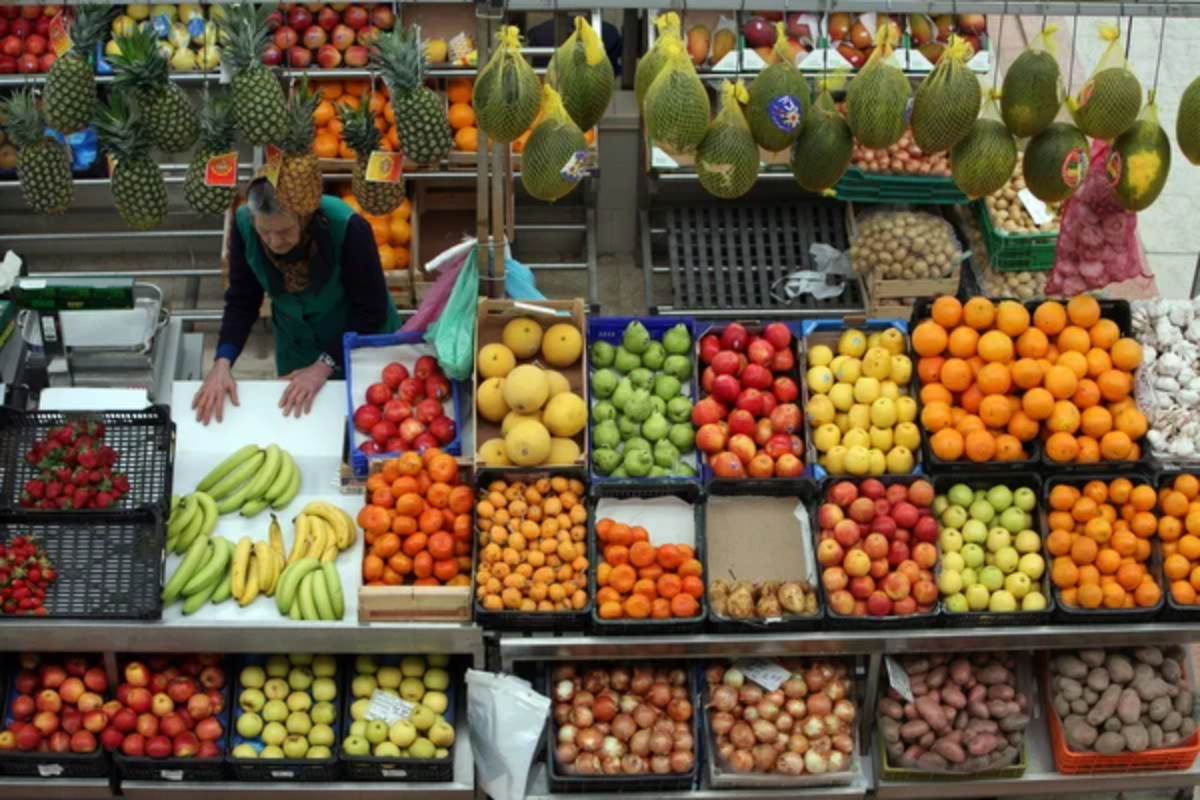
Bilbao’s riverside market occupies a striking Art Deco building where Basque families conduct daily shopping with the same attention to quality that defines regional cuisine. Vendors arrange seasonal produce according to local preferences, while fishmongers display catches reflecting daily conditions in the Bay of Biscay.
The architectural grandeur provides impressive surroundings for selecting ingredients for traditional Basque dishes that require specific seasonal items.
Like Travel Pug’s content? Follow us on MSN.
Granville Island Public Market
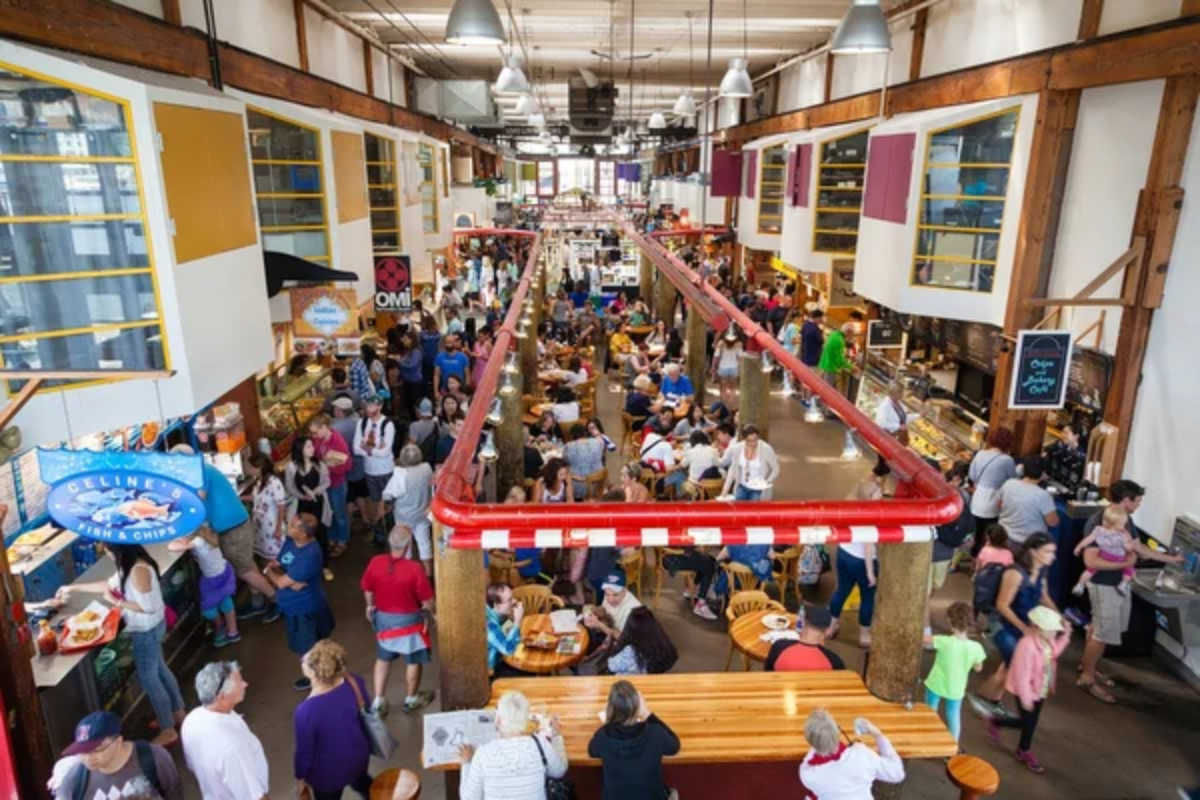
Vancouver’s converted industrial space attracts tourists, yet locals use it for serious food shopping, particularly specialty items unavailable elsewhere. Early shoppers include restaurant chefs and discerning home cooks who appreciate the emphasis on local and artisanal products over mass-produced alternatives.
The island’s unique waterfront location creates an atmosphere that enhances rather than distracts from the fundamental purpose of buying quality ingredients.
Reading Terminal Market
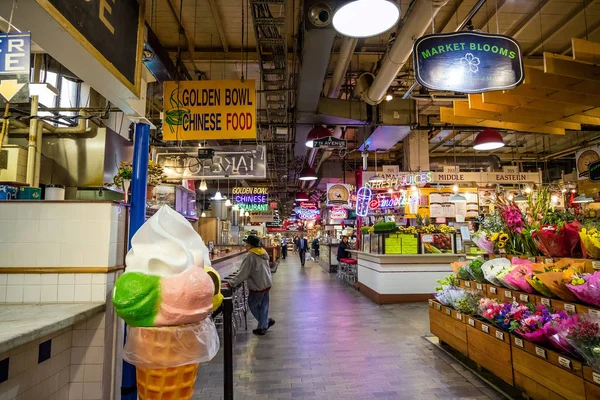
Philadelphia’s covered market serves tourists and locals simultaneously, though residents know which vendors provide the best value for daily shopping needs. The downtown location makes it convenient for office workers and urban residents who depend on specific vendors for weekly grocery shopping rather than tourist souvenirs.
Long-established businesses maintain customer relationships spanning multiple generations, creating continuity that chain stores cannot match.
Eastern Market
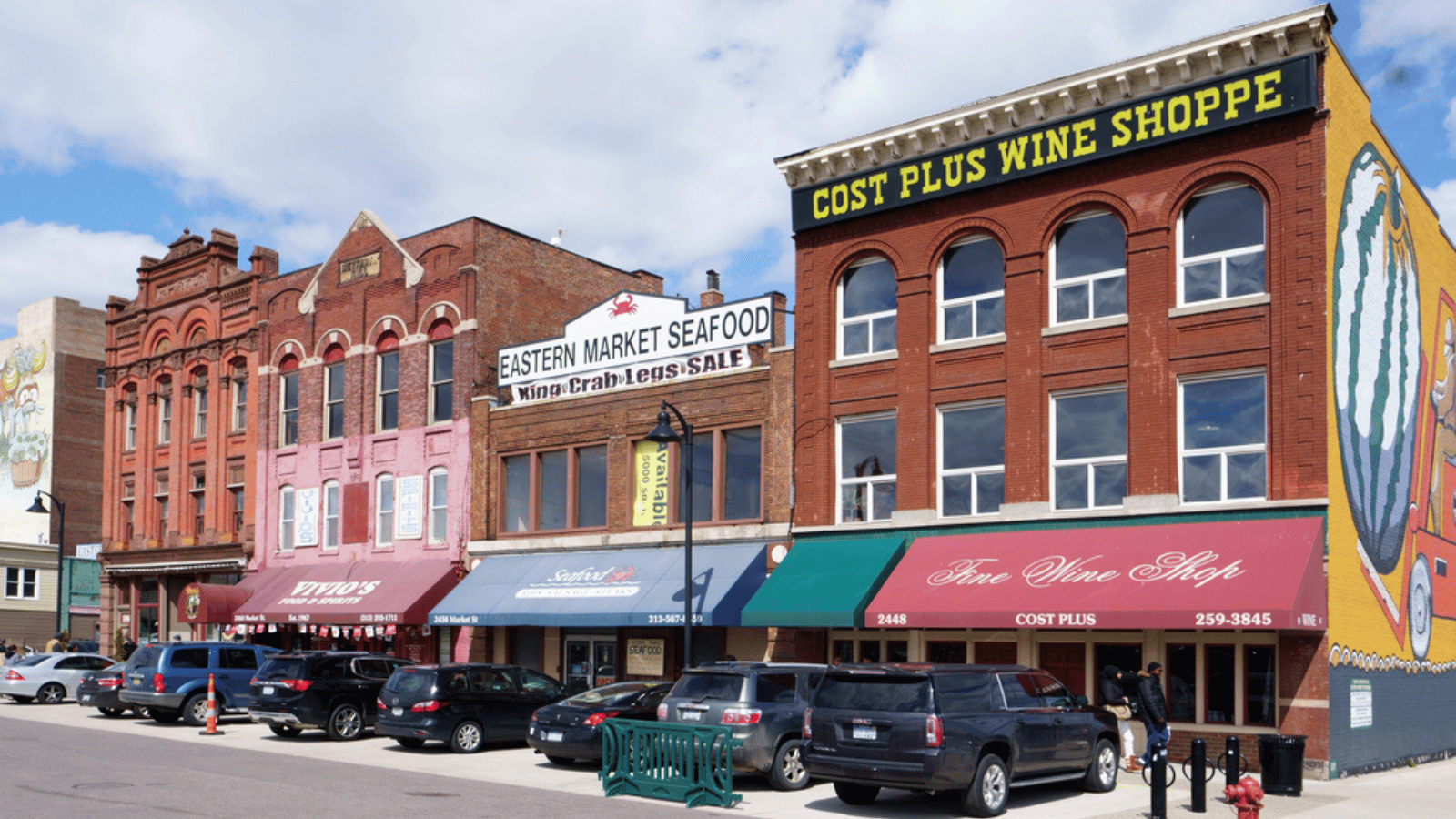
Detroit’s historic building anchors a neighborhood where locals shop for fresh produce and specialty items in surroundings that haven’t changed substantially in over a century. Weekend farmers’ markets attract suburban visitors, but permanent indoor vendors serve city residents who value competitive prices and personal service over corporate convenience.
The market’s role in neighborhood revitalization makes it both a grocery destination and a symbol of community persistence.
Like Travel Pug’s content? Follow us on MSN.
Marché Saint-Germain
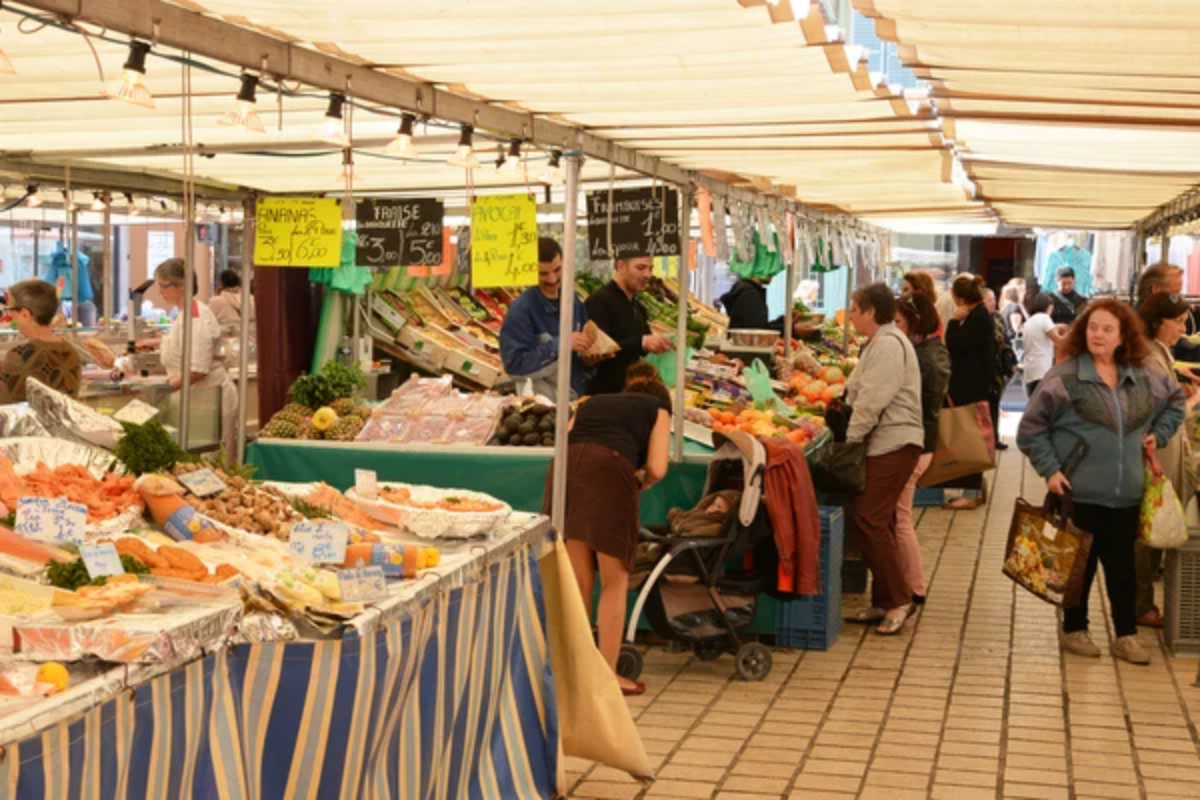
This covered market in Paris’s 6th arrondissement operates on a scale that prioritizes local daily shopping over tourist attractions. Neighborhood residents conduct their shopping with the unhurried attention that French culture brings to food selection and meal preparation.
The intimate size means vendors develop personal relationships with customers, creating shopping experiences that enhance the social aspects of daily commerce beyond mere transactions.
Central Market Hall
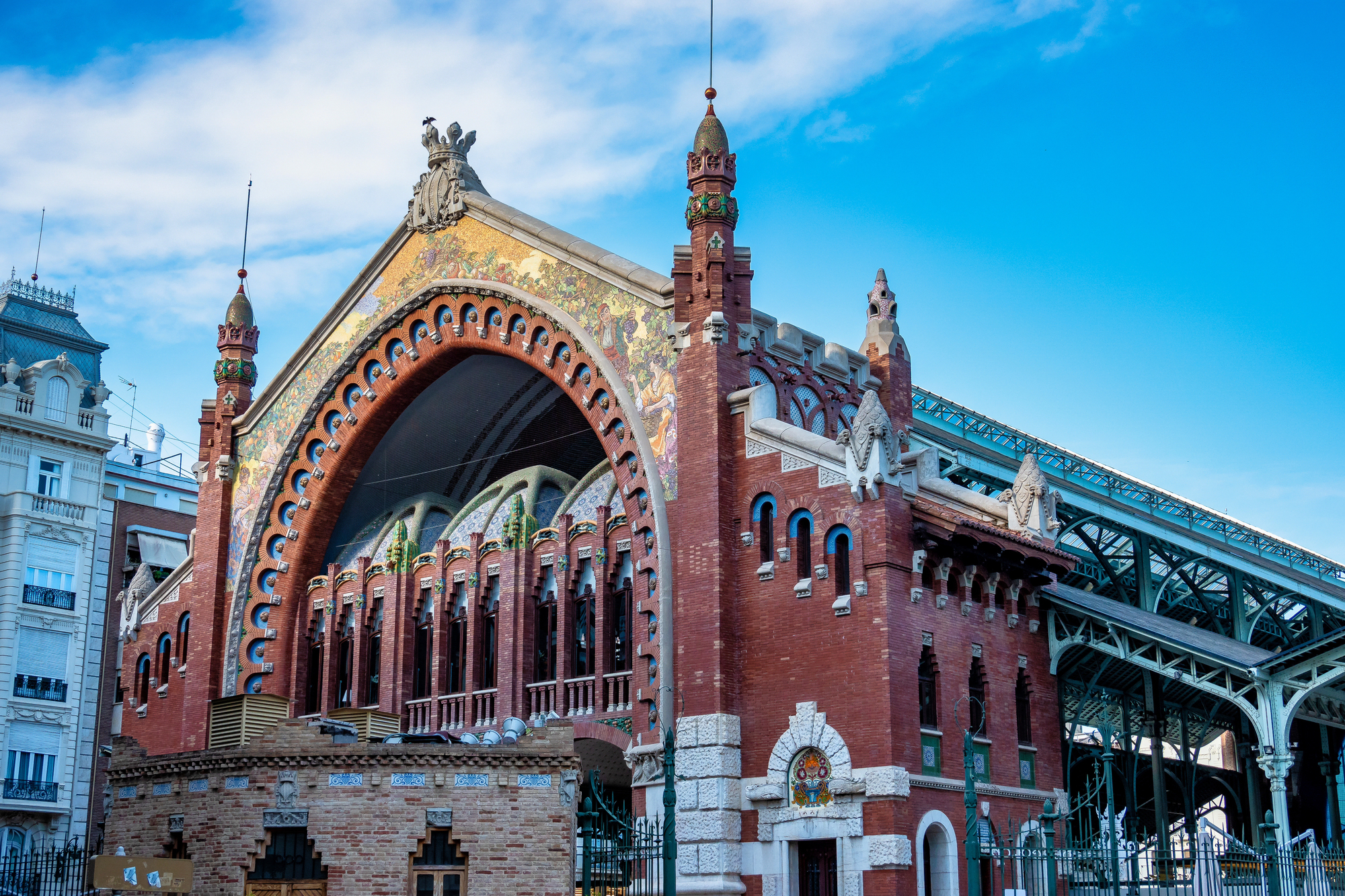
Budapest’s magnificent neo-Gothic hall draws tourists to the upper levels, while the ground floor remains devoted to local daily shopping by Hungarian families. Shoppers select produce, meat, and dairy from vendors who maintain traditional standards of quality and personal service that supermarkets cannot replicate.
The building’s architectural splendor provides dramatic surroundings for routine grocery shopping, though locals focus more on product quality than photogenic backdrops.
Wicker Park Farmers Market
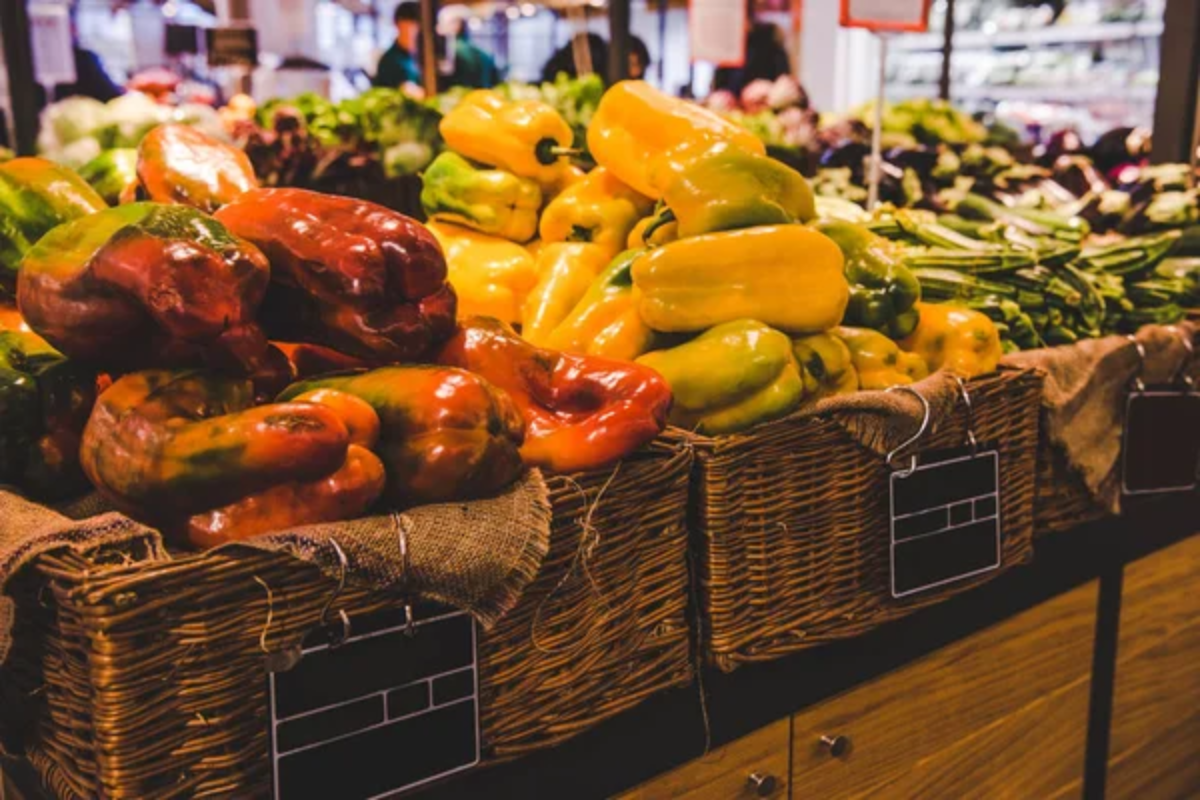
Chicago’s neighborhood market serves residents who prioritize sustainable and locally sourced food, creating a community gathering space that transcends simple commerce. Vendors develop relationships with regular customers, understanding their preferences and dietary needs, while shoppers use market visits to connect with neighbors.
The grassroots organization reflects community values, emphasizing local producers and neighborhood character over corporate retail efficiency.
Like Travel Pug’s content? Follow us on MSN.
Where Community Still Thrives
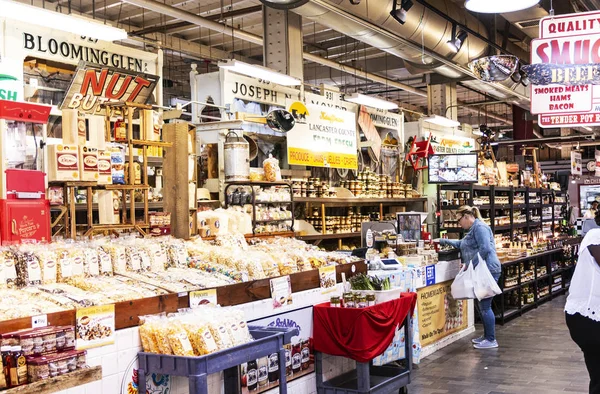
These markets endure because they provide functions that online shopping and chain stores cannot replicate—social connections, quality assessment, and community knowledge that transform routine shopping into cultural participation. Locals continue frequenting these places not just for convenience or price but because market visits connect them to neighborhoods, seasons, and each other in ways modern commerce rarely offers.
They represent spaces where daily necessity meets community identity, sustaining traditions while adapting to contemporary needs through relationships that span generations.
More from Travel Pug

- 20 Best Beach Towns in the Carolinas
- 13 Destinations Where Tourists Regularly Regret Their Trip
- 20 Destinations That Are More Magical Without an Itinerary
- 20 Underrated Adventures That Belong on Your Travel List
- 20 Cities Where You Should Just Wing It, No Planning Required
Like Travel Pug’s content? Follow us on MSN.N.
